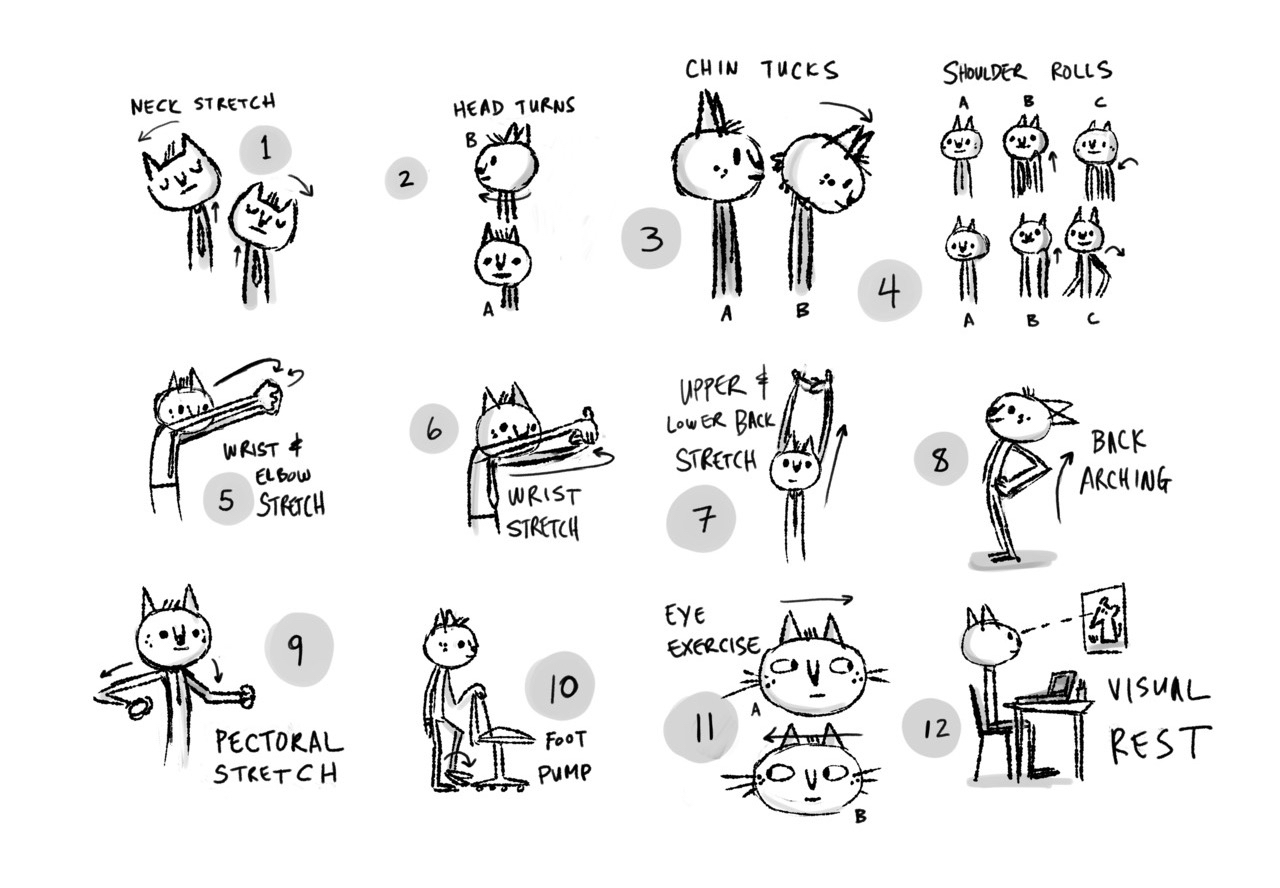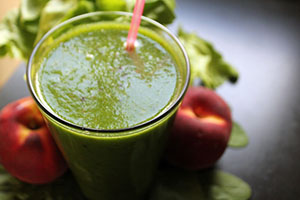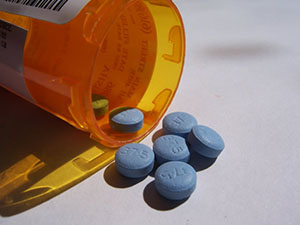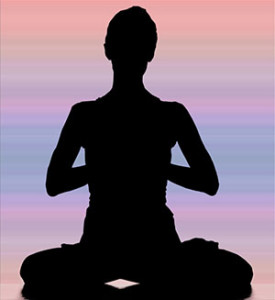There are a lot of misconceptions about acupuncture, but the truth is that this practice has been around for more than 3,500 years and provides relief to people around the world.
Below, find ten of the most common myths about acupuncture:
Myth 1: Acupuncture hurts — after all, we’re talking needles
Fact: Although we use needles, they are very slender and fine (about the size of a cat whisker). You may or may not feel an initial prick, sometimes described as a mosquito bite. Any discomfort will either fade on its own or ease up as your acupuncturist adjusts the needles. You should experience a Qi (pronounced “chee”) sensation, often described as heaviness, throbbing or an electrical sensation. That’s your body’s healing energy doing its work
Myth 2: Acupuncture is ancient folk medicine; no legitimate healthcare professional would recommend it
Fact: Acupuncture is a treatment option that many medical institutions recommend. Even the United States military uses acupuncture. The National Institutes of Health (NIH) funds many clinical research trials on acupuncture. Both the NIH and the World Health Organization (WHO) recognize acupuncture as a valid treatment for a wide range of conditions.
Myth 3: Most people who use, or practice, acupuncture are into ‘New Age’ healing
Fact: On the contrary, you probably have a friend, coworker or neighbor who receives acupuncturetreatments.
Myth 4: Acupuncture may conflict with medication, physical therapy and other ‘mainstream’ conventional medical treatments
Fact: There is no conflict between acupuncture and conventional medicine; they complement one another. Acupuncture works nicely as an adjunct to your conventional treatment plan.
Myth 5: Acupuncture is only useful in treating pain
Fact: It’s true that acupuncture helps relieve joint pain, including knee pain; back pain; headache; stomach pain and menstrual cramps. However, acupuncture is also used to treat nausea/vomiting, chemotherapy side effects, morning sickness, hypertension (high blood pressure), allergies, depression, infertility and other conditions.
Myth 6: Acupuncture has a lot of side effects and you’ll need time off work
Fact: Acupuncture has few to no side effects. After your acupuncture session, you can usually carry on with your day without any restrictions.
Myth 7: Acupuncture’s effects are psychological. It doesn’t really do anything
Fact: Acupuncture and its effects are far from psychological. Studies show that during acupuncture, our brains begin to release chemicals such as endorphins (natural painkillers) Acupuncture also has an anti-inflammatory effect and helps people’s immune system.
Myth 8: Once you start acupuncture, you’ll always need acupuncture
Fact: For most conditions, acupuncturists strive to improve your main problem so you do not have to return for more treatment. For chronic conditions, some people stay on a maintenance schedule, however, such as returning once a month, because acupuncture continues to help.
Myth 9: If you do not see results in one or two treatments, then you’re unlikely to benefit from acupuncture
Fact: The response to acupuncture is always an individual one. Some people respond quickly — within one, two or three treatments. Others need a full course of eight to 10 treatments. Acupuncture’s effects are cumulative, building with each treatment, so the acupuncturist will assess its effects after you complete a full series of treatments. Acupuncturists use a variety of styles and techniques, so if you do not see results with one clinician, seek out another acupuncturist.
Myth 10: You’ll need a doctor’s referral or a prescription for acupuncture
Fact: Guidelines vary by state. In the state of Ohio, you do not need a doctor’s referral or prescription for acupuncture but a physician should perform a diagnostic exam for the condition you plan to treat. It is important you seek out a qualified and medically licensed acupuncturist before starting any course of treatment.
- The Wellness Tree1480 Beltress St, Suite 5
Dunedin, FL 34698727-216-6929 Call for appointments & information
- Testimonials
I went to get acupressure because I was past my pregnacy due date, but after the appointment I felt like I was walking on air. I had a lot of energy, my pains were gone, and I realized I needed it more than I really knew. She is understanding and very professional. I would definitely recommend Dr. Graves.
-S.S
Dr. Carrie Johnson is what all physicians should be–knowledgeable, concerned, and caring. She listened and worked with me as an individual. She took me from a life of fear of exacerbating the already constant pain to a life where I can be physically active because the pain can be eliminated by her skilled treatment. Not only did she provide healing with accupuncture to relieve TMJ and radiating nerve pain, she also taught me two simple exercises that extend the effect
... Read more »I am a sr citizen and have been going to Dr. Carrie for a year and am hooked on acupuncture!! She helped me with losing weight and lowering my blood pressure. A great way to stay well and maybe someday all insurance carriers will see to it to cover acupuncture as a medical treatment.
I am a fitness freak: I like cross-country running,cycling, weight lifting, playing basketball and racquetball. But at a certain point I started having severe back pains, spasms and hamstring tightening which sidelined me for quite a while as I tried physical therapy but I did not get immediate relief I was looking for. Then I visited with Dr Carrie Johnson for initial visit and analysis of my condition, at first I was skeptical but Dr Carrie Johnson made me a believer of Acupuncture and Active release techniques. Thanks
... Read more »Let me start by saying I am a certified CrossFit trainer with multiple specialty certifications and I am also a USAW certified Sport Performance Coach. I have dealt with minor injuries before but nothing that forced me to consider some type of rehab or treatment plan. While training high volume or a competition I suffered a low back injury. After months of rest and self prescribed rehab I wasn’t getting back to the shape I wanted and my symptoms persisted.
... Read more » -
Latest Articles:
- • Add These 10 Immune-Boosting Foods to Your Fall Diet •
- • Keep Your Skin Healthy and Glowing with these Fall Skincare Tips •
- • Beat End of Year Burnout with these Fall Self-Care Rituals •
 Cleaning
Cleaning
 Adults who need 2,000 daily calories to maintain a healthy weight should eat 2 cups of fruit and 2½ cups of vegetables per day (a total of nine servings). According to the Centers For Disease Control and Prevention (CDC), however, only 14% of adults consume the recommended daily amount of fruits and vegetables (
Adults who need 2,000 daily calories to maintain a healthy weight should eat 2 cups of fruit and 2½ cups of vegetables per day (a total of nine servings). According to the Centers For Disease Control and Prevention (CDC), however, only 14% of adults consume the recommended daily amount of fruits and vegetables ( Are you addicted to sugar? If so, you aren’t alone. According to the American Heart Association (AHA), the average American consumes a whopping 89 teaspoons of sugar per day – about 3-4 times more than the recommended daily allowance.
Are you addicted to sugar? If so, you aren’t alone. According to the American Heart Association (AHA), the average American consumes a whopping 89 teaspoons of sugar per day – about 3-4 times more than the recommended daily allowance.
 Depression is a serious medical illness that can lower a person’s quality of life while contributing to the onset of symptoms such as headache, insomnia, fatigue, and malnutrition. According to the
Depression is a serious medical illness that can lower a person’s quality of life while contributing to the onset of symptoms such as headache, insomnia, fatigue, and malnutrition. According to the  Do you suffer from poor posture? Whether you’re sitting down at a desk, standing, walking or running, you should focus on maintaining your body’s natural position. This means keeping your head and neck up while avoiding slouching or slumping. The good news is that you can reverse the effects of poor posture by following some simple steps.
Do you suffer from poor posture? Whether you’re sitting down at a desk, standing, walking or running, you should focus on maintaining your body’s natural position. This means keeping your head and neck up while avoiding slouching or slumping. The good news is that you can reverse the effects of poor posture by following some simple steps. You are what you eat is an adage that holds more truth than you may realize. Unfortunately, many people today focus their diet around processed foods that are high in sugar, sodium and fat. Diets such as this can increase a person’s risk of developing diabetes, heart disease, obesity, and more. You can protect your body and health against such illnesses, however, by eating lean meats, fresh vegetables, and by adding the following “superfoods” to your diet.
You are what you eat is an adage that holds more truth than you may realize. Unfortunately, many people today focus their diet around processed foods that are high in sugar, sodium and fat. Diets such as this can increase a person’s risk of developing diabetes, heart disease, obesity, and more. You can protect your body and health against such illnesses, however, by eating lean meats, fresh vegetables, and by adding the following “superfoods” to your diet.
